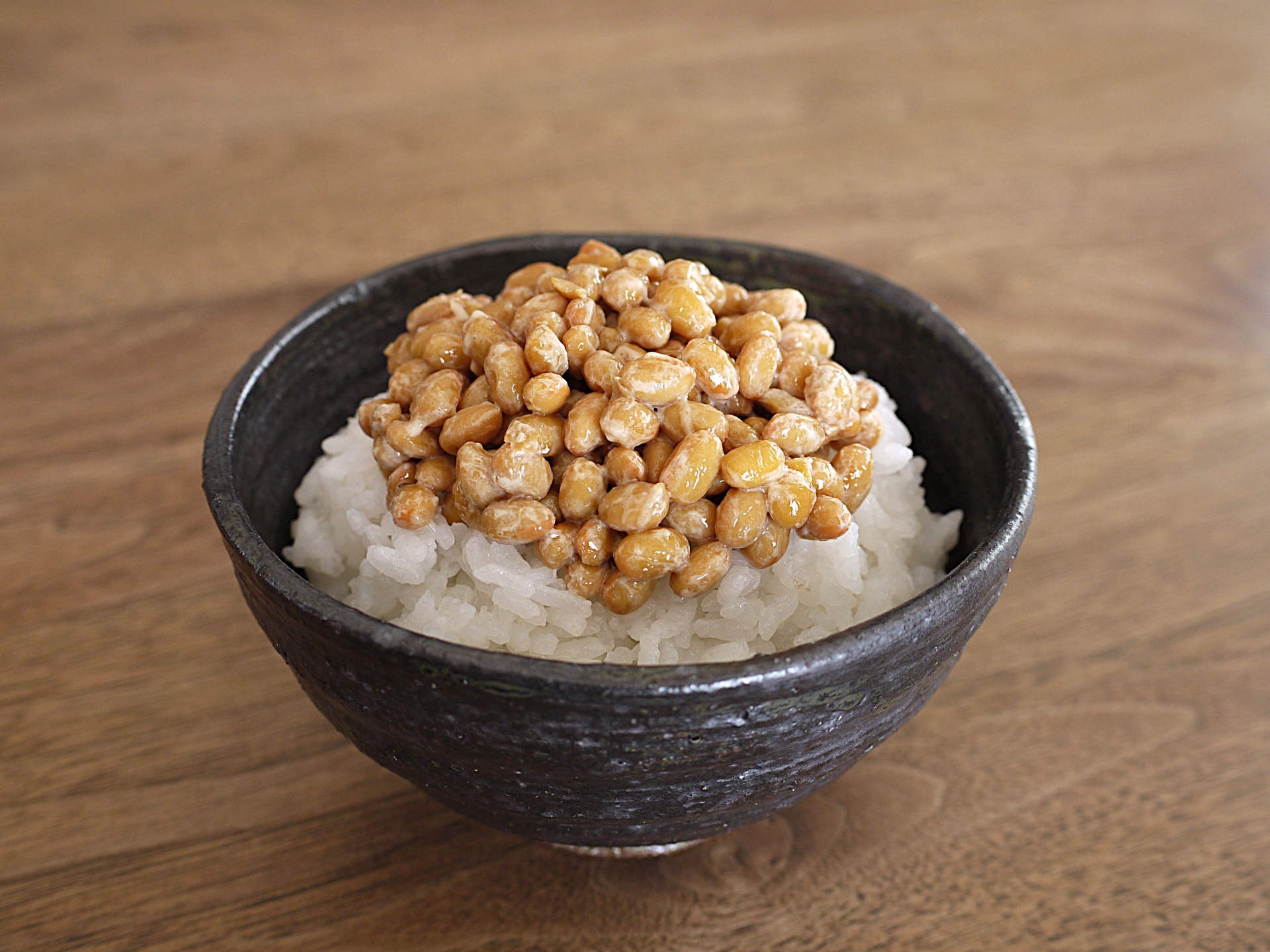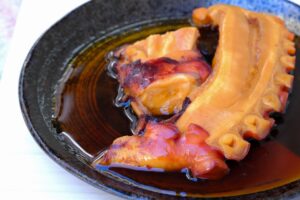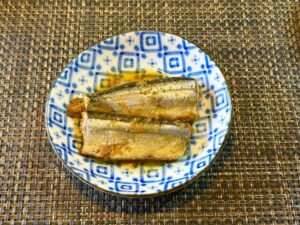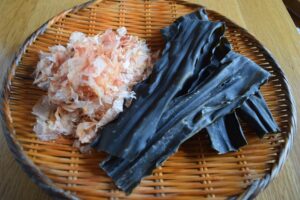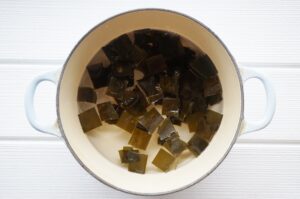Natto, a traditional Japanese fermented soybean dish, often sparks curiosity—and hesitation—among first-time eaters. This article breaks down what natto really tastes like, how its smell and texture influence the experience, and tips to enjoy it, especially for those unfamiliar with Japanese cuisine.
What Does Natto Taste Like?

Natto has a distinctive flavor profile that can be quite surprising to first-time eaters. It is earthy, pungent, umami-rich, and slightly bitter, with a fermented tang that lingers on the palate. The flavor can be likened to a mix of soy sauce and aged cheese, with a slight nuttiness. One of the most noticeable characteristics of natto is its strong smell, often compared to ammonia or aged brie. This odor comes from the fermentation process and can be off-putting to some. Texture-wise, natto is sticky and stringy, creating long, gooey threads when stirred. These elements combine to create a taste experience that is intense and layered, making natto a polarizing food—either loved or avoided.
Comparing Natto to Other Foods
For those unfamiliar with natto, comparing it to more commonly known fermented foods can help. The pungency and umami punch of natto are similar to blue cheese. Like Vegemite, natto delivers a concentrated, savory flavor that may overwhelm unprepared taste buds. Fermented tofu, often used in Chinese cuisine, shares the same creamy yet strong flavor notes. These comparisons help place natto within the broader context of fermented delicacies, making it easier for new eaters to anticipate its taste.
Why Does Natto Smell So Strong?
Natto’s infamous smell is due to its fermentation process. It is made by fermenting soybeans with a bacterium called Bacillus subtilis. During fermentation, this bacterium breaks down proteins in the soybeans and releases strong-smelling compounds, primarily ammonia, which is responsible for natto’s characteristic pungent odor. Unlike some other fermented foods, natto does not contain butyric acid, which is commonly associated with rancid or cheesy smells. While this scent may be jarring at first, it’s a natural result of fermentation and is prized by many for its intensity and character.
Texture and Mouthfeel: What to Expect
The texture of natto is one of its most distinctive features. It’s incredibly slimy and sticky, with threads that stretch when you stir or lift it. This mucilaginous texture can be challenging for some, especially if you’re used to drier or more structured foods. However, the beans themselves are soft but chewy, offering a slight resistance that complements the gooey coating. When mixed thoroughly, natto becomes frothy, which many find improves its mouthfeel and mellows the taste. For some, it’s an acquired delight; for others, an unusual hurdle.
Is Natto an Acquired Taste?
Yes, natto is often considered an acquired taste. Many people report disliking it the first time they try it due to the combination of strong smell, sticky texture, and unique flavor. However, repeated exposure often changes that perception. Reddit users and bloggers frequently mention that their appreciation for natto grew over time, especially when paired with familiar ingredients like rice, soy sauce, or eggs. Much like olives or strong cheeses, natto rewards an open mind and repeated tasting.
Tips for First-Time Eaters
If you’re trying natto for the first time, here are some helpful tips:
Chill it before eating: Cold natto can reduce the intensity of the smell.
Pair with rice: The neutral flavor of white rice balances natto’s intensity.
Add soy sauce or mustard: These condiments enhance flavor and cut through the funk.
Try it in sushi or rolls: Combining it with other ingredients can mellow its profile.
Mix well: Stirring until frothy makes the texture more uniform and approachable. These small tweaks can make a big difference in your first natto experience.

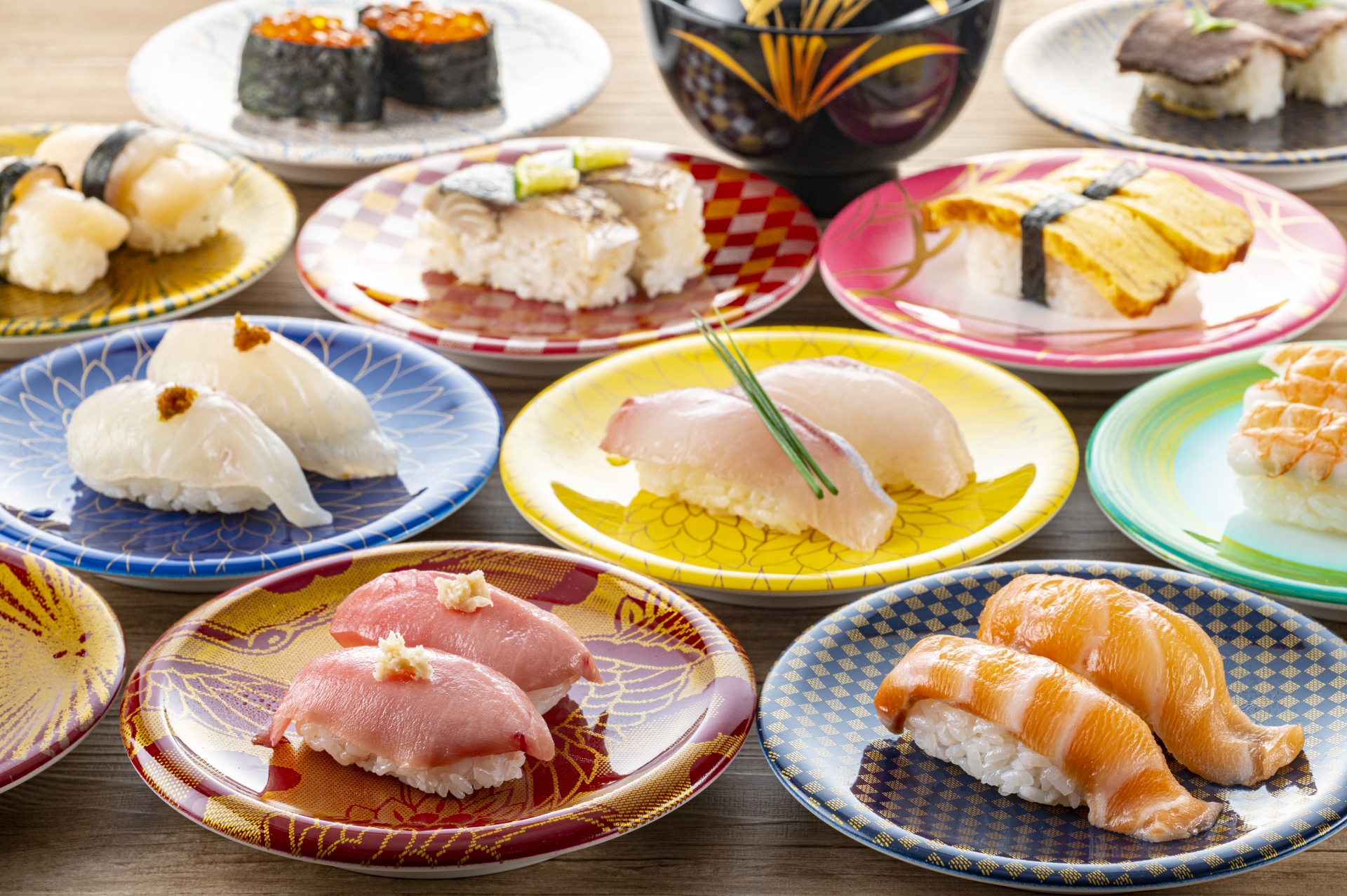
How to Make Natto Taste Better

To make natto more palatable, especially for beginners, try adding ingredients that balance or complement its strong flavor:
Raw egg: Adds creaminess and softens the taste.
Kimchi: Provides spice and acidity that cut through the richness.
Green onions: Fresh and crisp, they contrast the sticky texture.
Cheese: Surprisingly compatible with natto’s umami.
Avocado: Adds a buttery texture and tones down the funk. Experimenting with these combinations helps you customize natto to suit your palate.
Natto Taste Chart: Visualizing Flavor Intensity
| Fermented Food | Smell Strength | Stickiness | Flavor Intensity | Bitterness |
| Natto | High | Very High | High | Medium |
| Kimchi | Medium | Low | Medium-High | Low |
| Blue Cheese | High | Low | Very High | Medium |
| Tempeh | Low | None | Medium | Low |
| Fermented Tofu | High | Medium | High | Medium |
This chart helps visualize where natto stands among other fermented foods, particularly in smell and texture, two of its most defining characteristics.
Does Brand or Region Matter?
Yes, the taste of natto can vary significantly by brand and region. Some natto brands produce milder, less pungent varieties with smaller beans, while others offer bold, traditional styles. Regional preferences in Japan also play a role—eastern Japan typically favors natto more than western regions. For beginners, brands like Okame Natto or Hikiwari varieties are often recommended due to their mild flavor and smoother texture. Trying different brands can help you find one that matches your taste.
Natto vs. Tempeh: What’s the Difference?
While both natto and tempeh are fermented soy products, they differ in several key ways:
Ingredients: Natto uses whole soybeans fermented with Bacillus subtilis, while tempeh uses usually split soybeans fermented with Rhizopus mold.
Texture and appearance: Natto is sticky and slimy; tempeh is firm and cake-like.
Flavor: Natto has a pungent, ammonia-like aroma; tempeh has a nutty, mushroomy taste.
Nutrition: Both are high in protein and fiber, but natto contains Vitamin K2 and nattokinase, which are linked to heart health. In cooking, natto is typically eaten as-is or mixed with rice, while tempeh is often grilled or stir-fried.
Nutritional Benefits of Natto
Natto is considered a Japanese superfood for good reason:
Vitamin K2: Promotes bone density and may help prevent arterial calcification.
Probiotics: Supports gut health by promoting a healthy microbiome.
Protein & Fiber: A plant-based protein source that aids in digestion and satiety.
Nattokinase: An enzyme believed to have cardiovascular and anti-inflammatory benefits. For those pursuing a healthy diet, especially vegans or vegetarians, natto offers a unique combination of nutrients hard to find in other foods.
Natto Grain Size: Hikiwari, Small, or Large Beans?
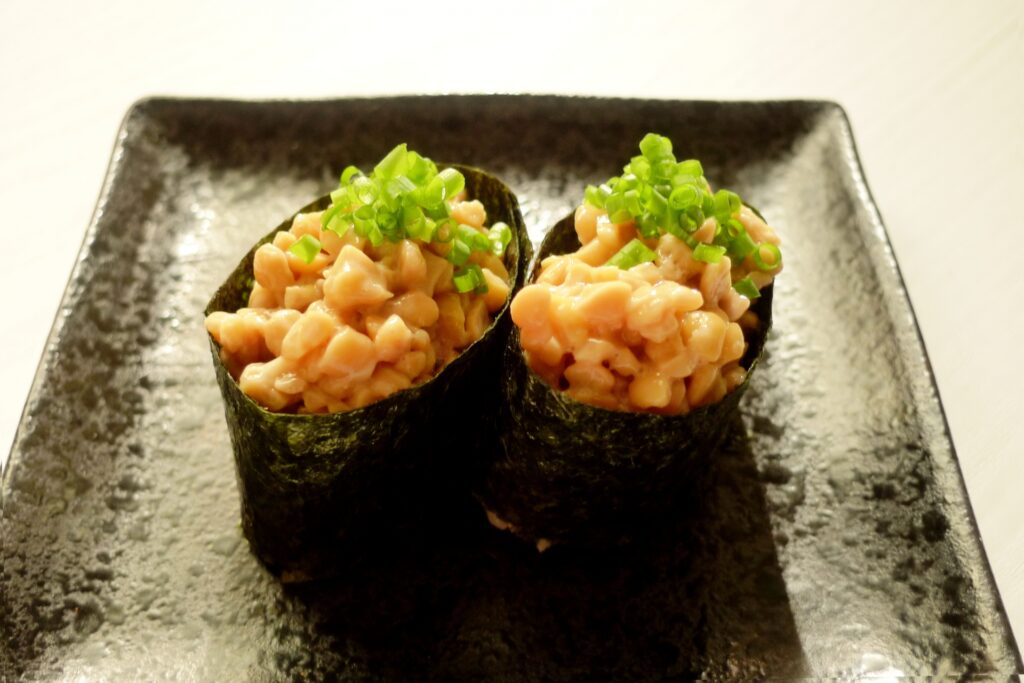
Natto comes in various grain sizes, each offering a different experience:
Hikiwari (ひきわり): Crushed soybeans that produce a smoother texture and milder flavor. Ideal for kids and beginners.
Small beans (小粒): The most common type in Japan, striking a balance between flavor and texture.
Large beans (大粒): Provide a firmer bite and stronger flavor. Preferred in some regions and recipes. Choosing the right type depends on your preference—go smoother and milder if you’re just starting out, or bold and chewy if you’re more adventurous.
Summary: Should You Try Natto?
Natto is undeniably a challenging food for the uninitiated, with its intense aroma, slimy texture, and strong umami flavor. But it also offers a unique and deeply rewarding culinary experience, especially for those open to fermented foods. With high nutritional value and rich cultural roots in Japan, natto is worth trying at least once.
For the best experience, approach it creatively: chill it, pair it with rice and condiments, or blend it with other ingredients like avocado or kimchi. With the right preparation and mindset, natto might just become your next favorite superfood. Don’t be afraid to experiment and find the version that works best for you—your taste buds might surprise you!

